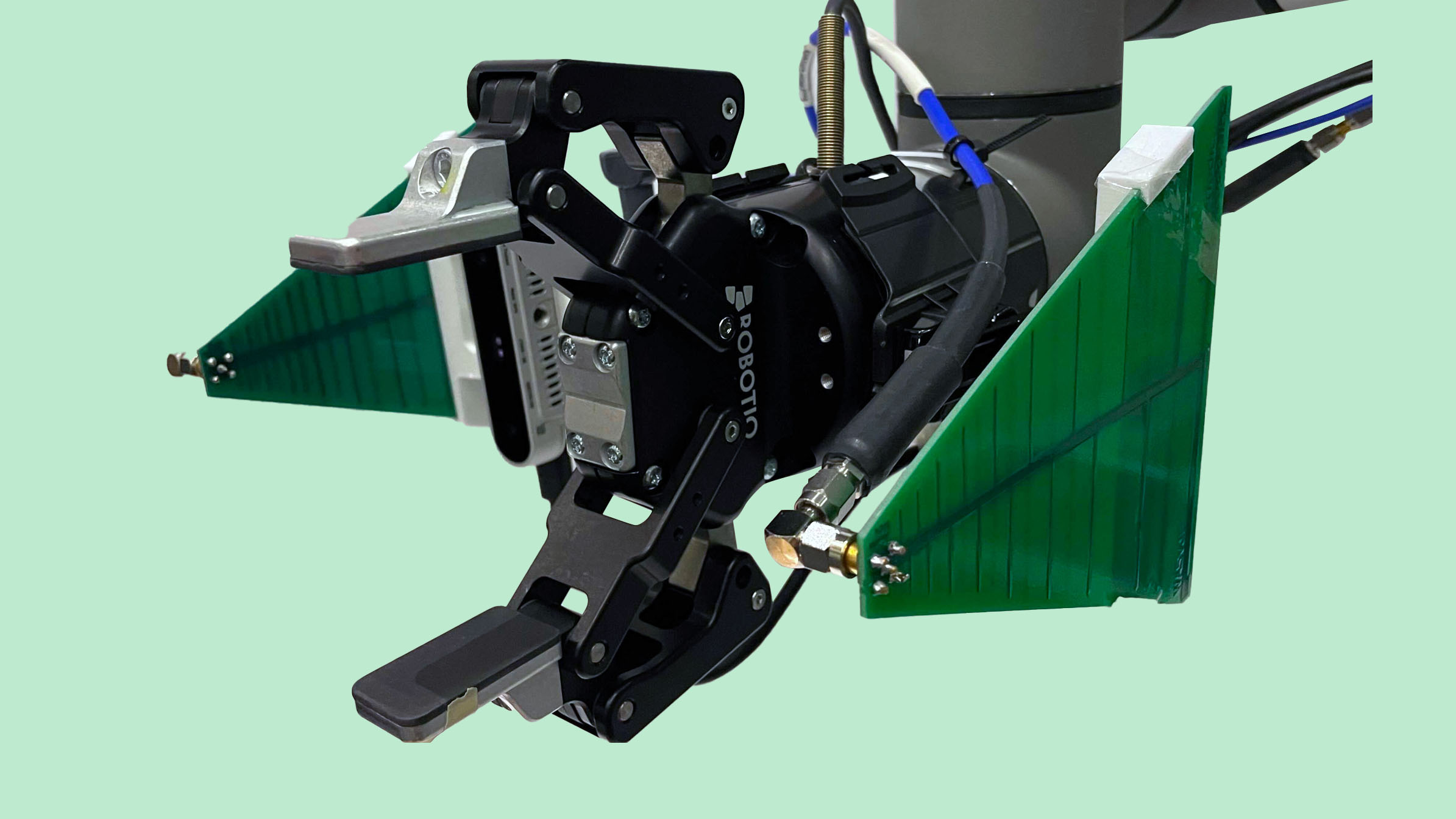A robot to find lost stuff
Isn’t this what we all need?

Those who embark on an epic quest for misplaced keys every time we try to leave the house could have relief in sight: RFusion, a prototype robotic arm designed at MIT, can locate and retrieve items buried under other things.
RFusion fuses visual input from a camera with information from a radio frequency (RF) antenna attached to its gripper, which bounces signals off cheap, batteryless RFID tags that can be stuck to all kinds of objects. Because RF signals can travel through most surfaces (like a mound of laundry that may be obscuring the keys), RFusion is able to locate a tagged item within a pile.
Using machine learning, the robotic arm zeroes in on the object’s location, moves the items on top of it, grasps it, and verifies that it picked up the right thing.
If the system gets faster, RFusion could have many broader uses, like fulfilling orders in a warehouse or helping with household tasks. “Having robots that are able to search for things under a pile is a growing need in industry today,” says Fadel Adib, an associate professor in the Department of Electrical Engineering and Computer Science. “Right now, you can think of this as a Roomba on steroids, but in the near term, this could have a lot of applications.”
Keep Reading
Most Popular
Large language models can do jaw-dropping things. But nobody knows exactly why.
And that's a problem. Figuring it out is one of the biggest scientific puzzles of our time and a crucial step towards controlling more powerful future models.
The problem with plug-in hybrids? Their drivers.
Plug-in hybrids are often sold as a transition to EVs, but new data from Europe shows we’re still underestimating the emissions they produce.
Google DeepMind’s new generative model makes Super Mario–like games from scratch
Genie learns how to control games by watching hours and hours of video. It could help train next-gen robots too.
How scientists traced a mysterious covid case back to six toilets
When wastewater surveillance turns into a hunt for a single infected individual, the ethics get tricky.
Stay connected
Get the latest updates from
MIT Technology Review
Discover special offers, top stories, upcoming events, and more.